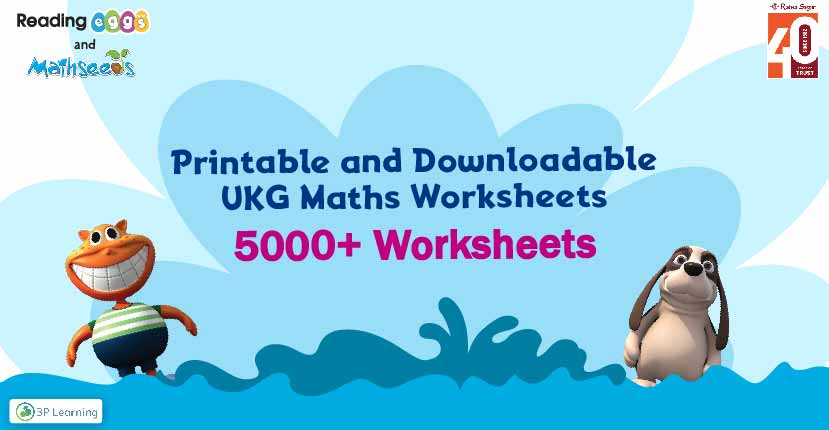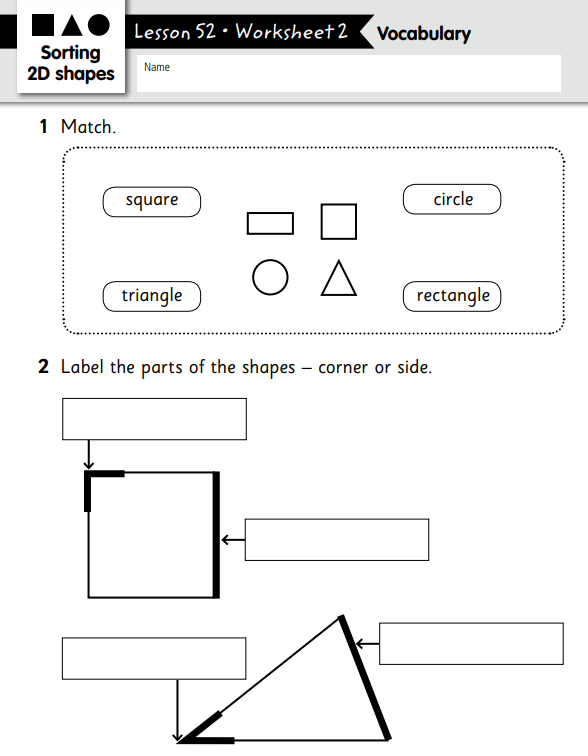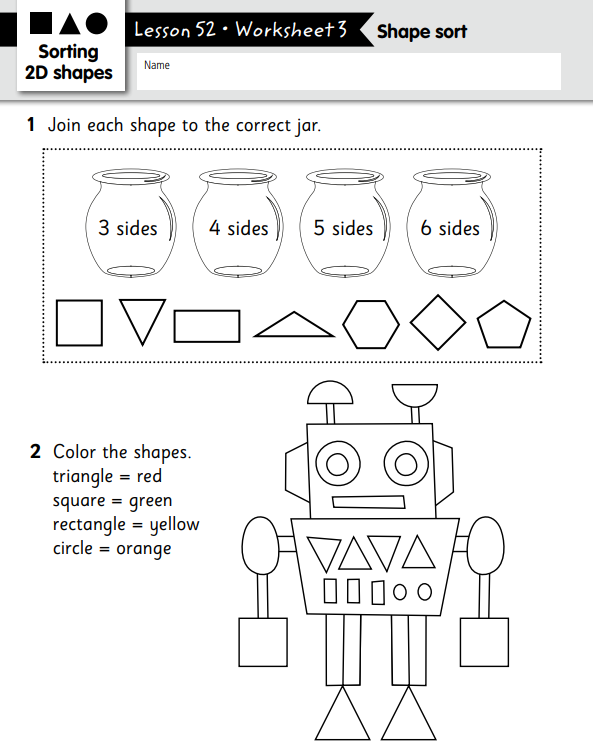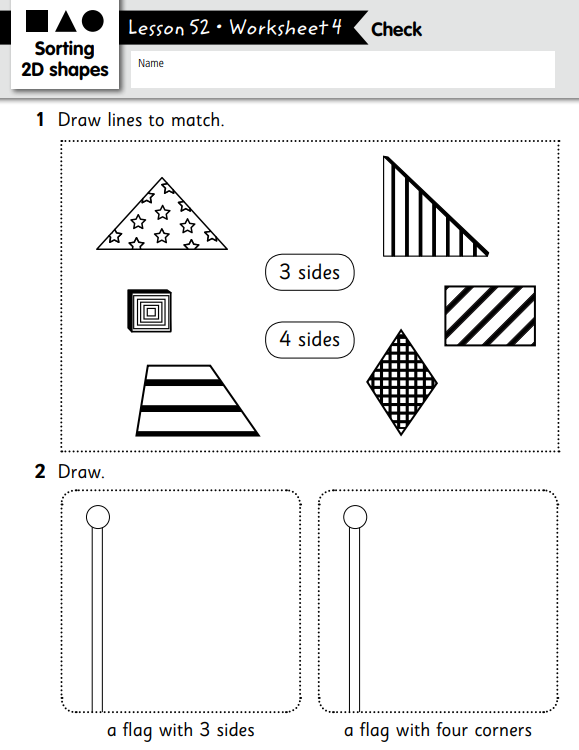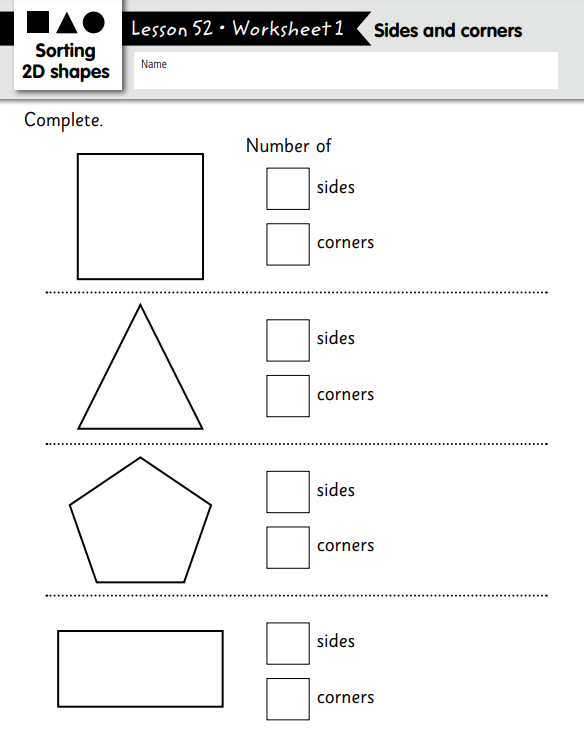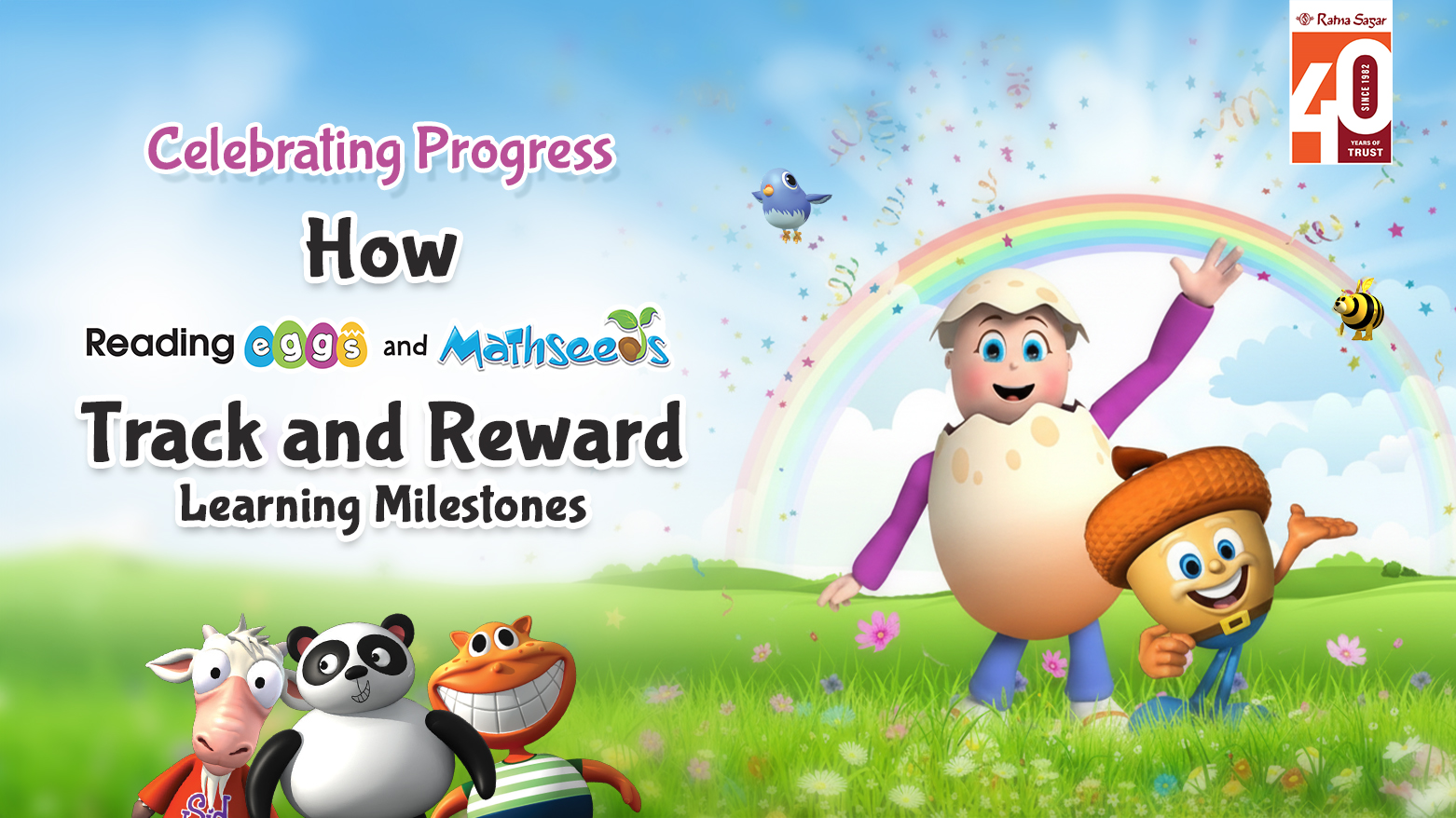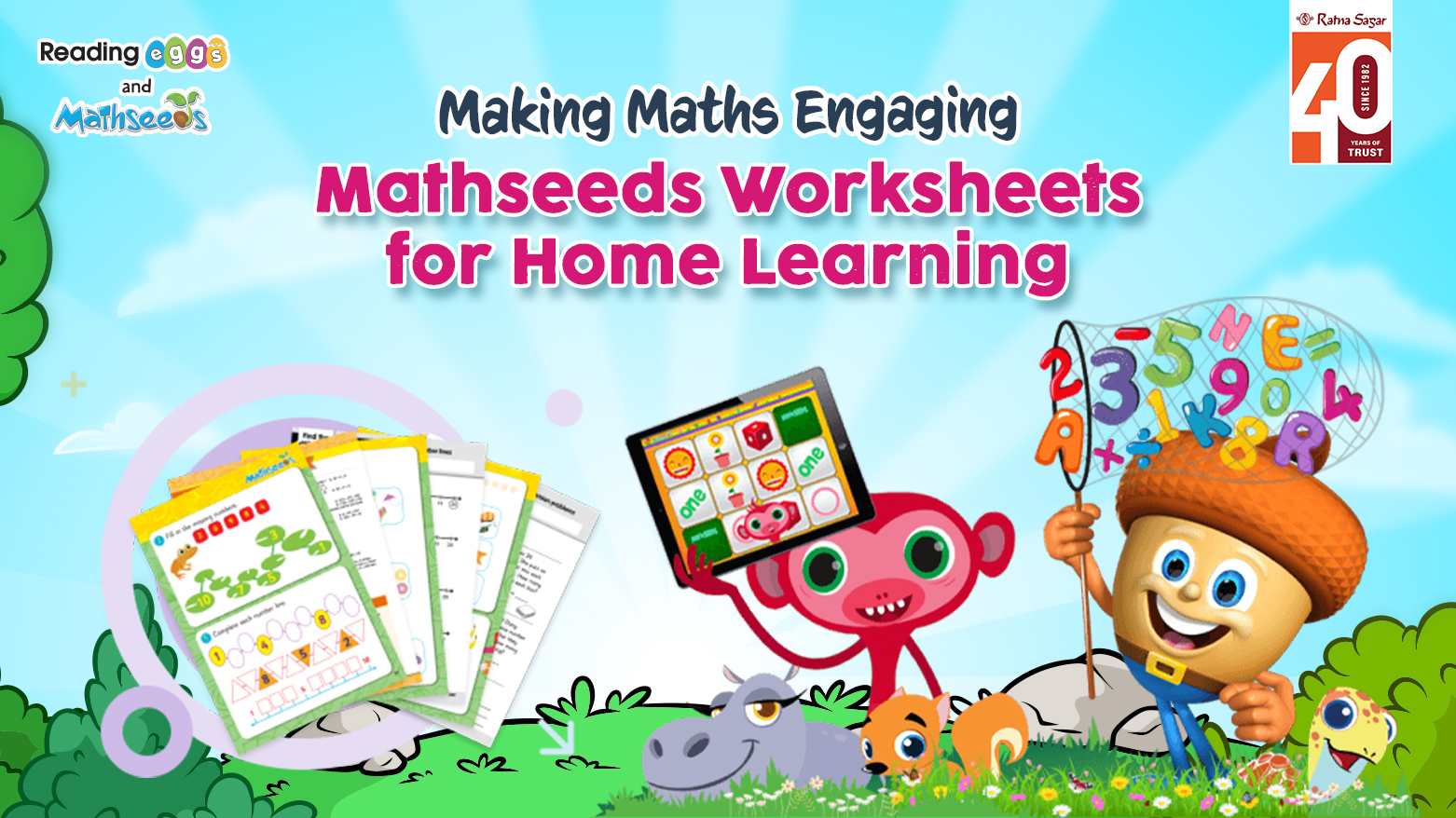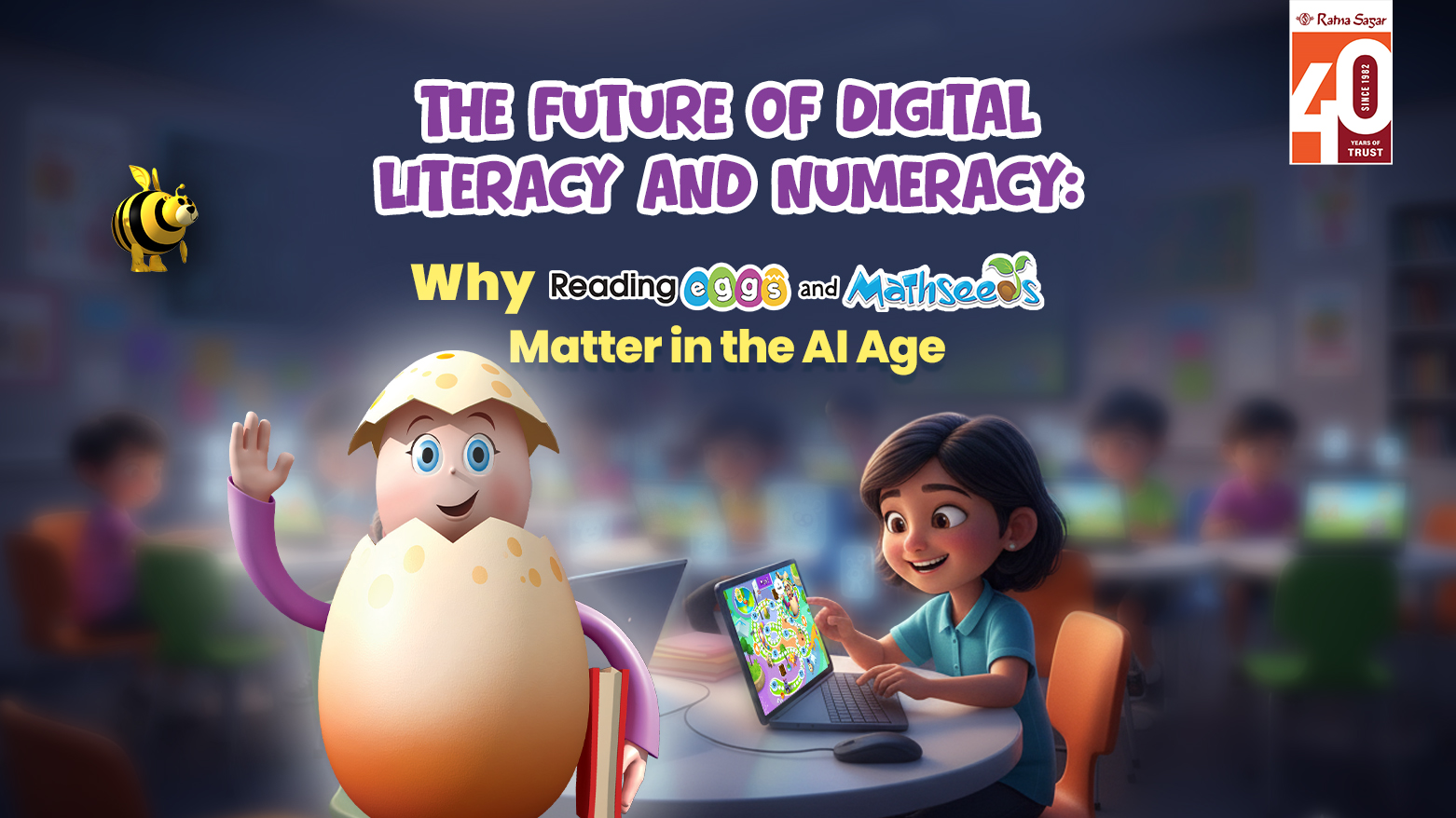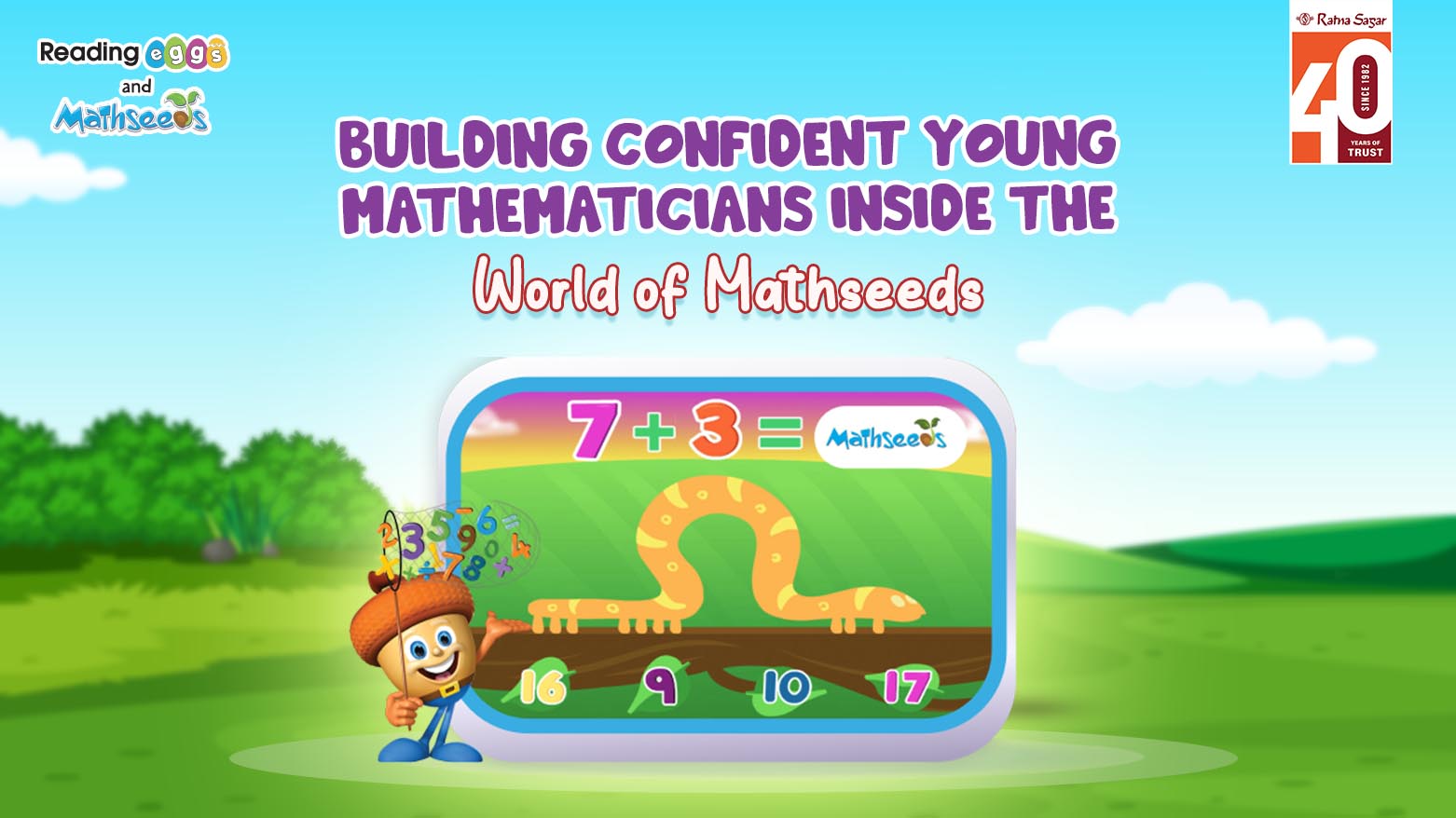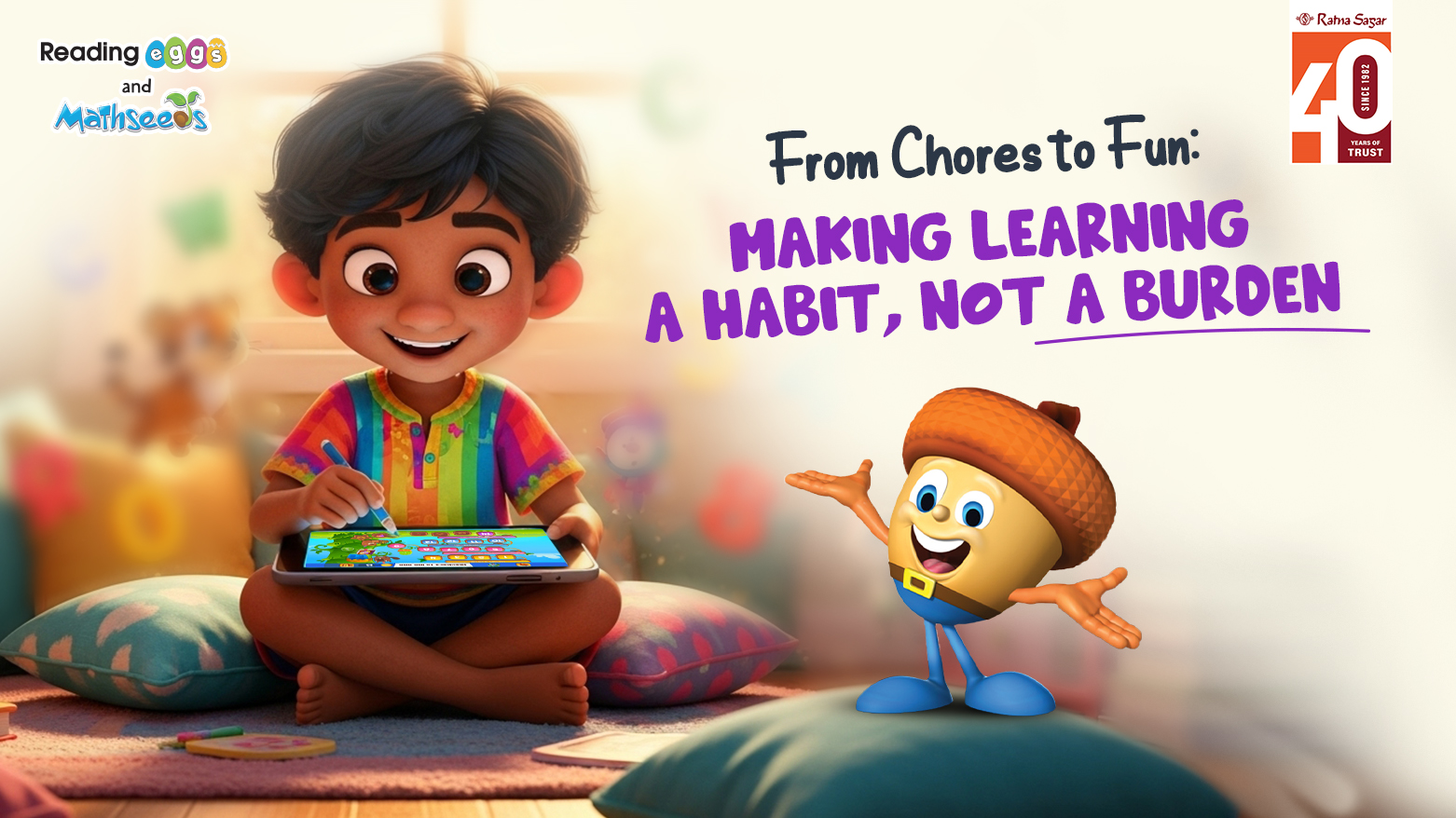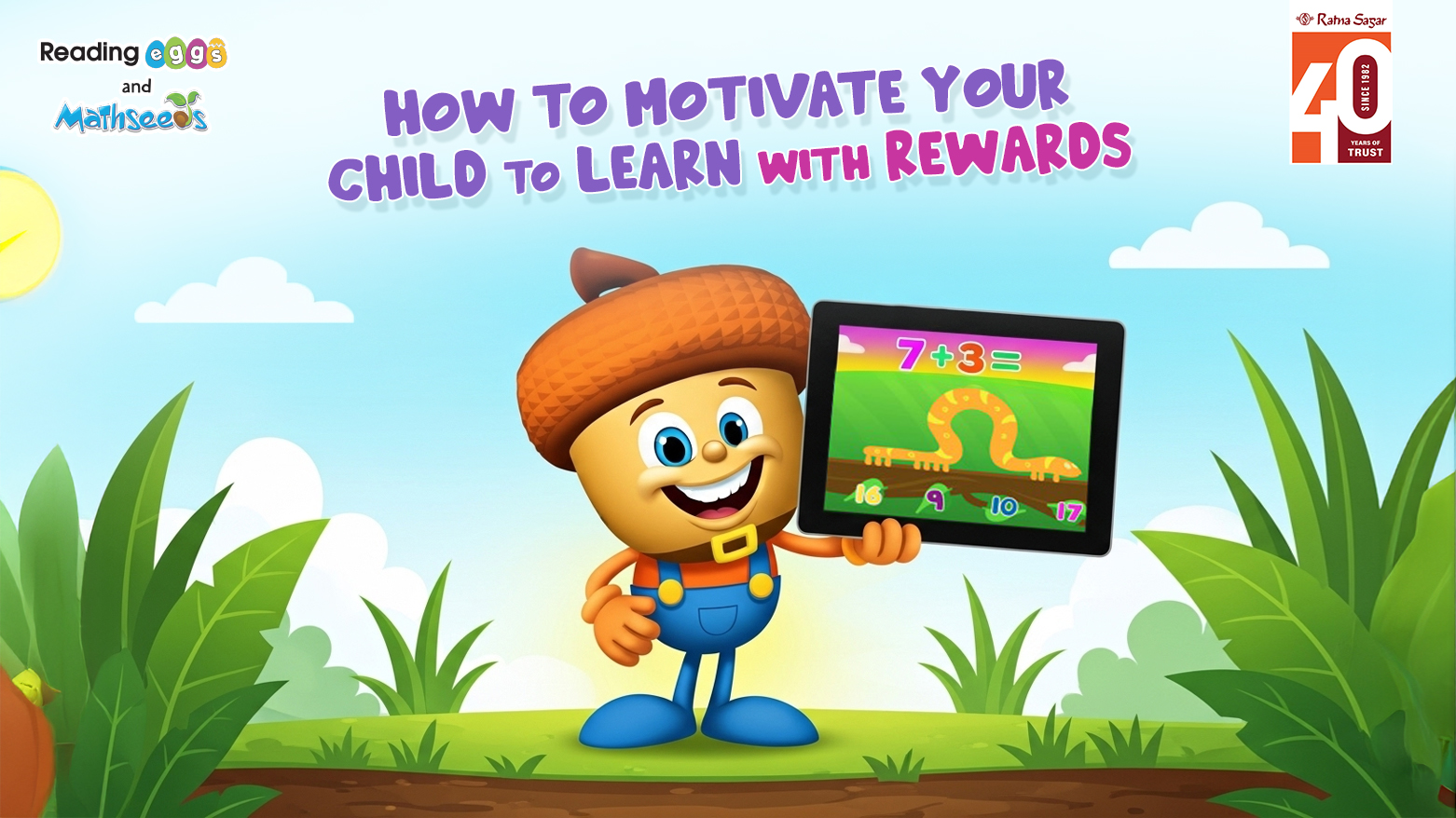Printable and Downloadable UKG Maths Worksheets
As the saying goes- Practice makes a man perfect. There is no denying the fact that skills are developed over time. Our UKG maths worksheets are a testimony of this statement as these worksheets hone the skills of the child and keep them engaged. The concepts and syllabus for UKG and LKG classes are less limited in terms of concepts and skills. The teachers and parents are advised to help the child revise the previous concepts and pace with the current topics that are required for their foundational knowledge in the coming years of schooling. Whether the child is being homeschooled or going home regularly, the curriculum is formulated to cover all the essentials to be taught in the worksheets for UKG classes. These worksheets are visually appealing and keep the children attentive- images and colourful maths worksheets for UKG classes help the child to focus and search for creative solutions to the problems joyfully. The Reading Eggs programme provides Maths worksheets for UKG concepts which are thoroughly researched and designed so that the child gains the knowledge and understanding in the long run. 
Printable and Downloadable UKG Maths Worksheets For Lesson 50
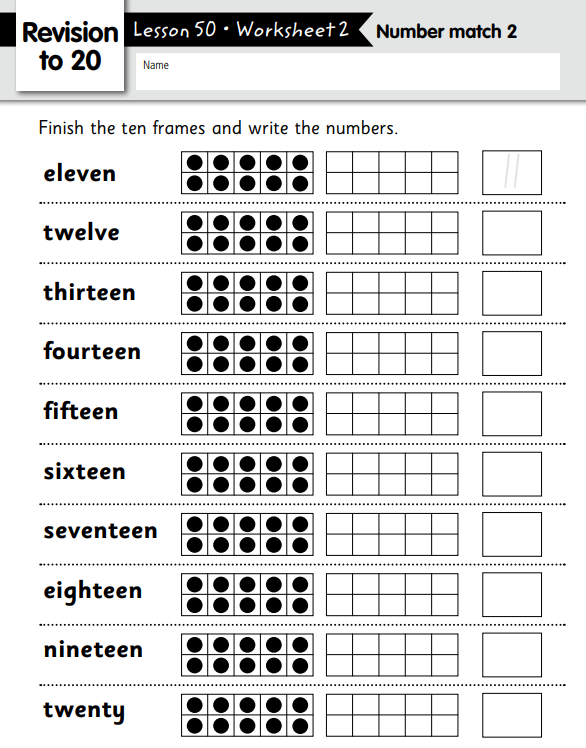
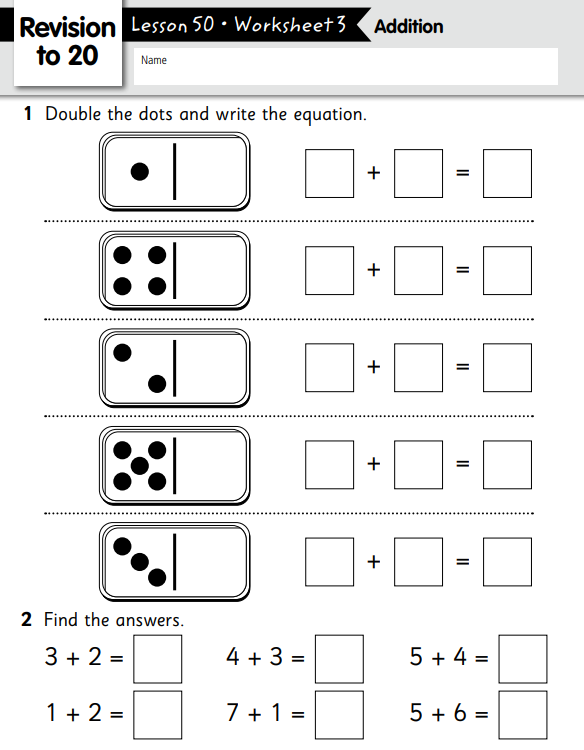
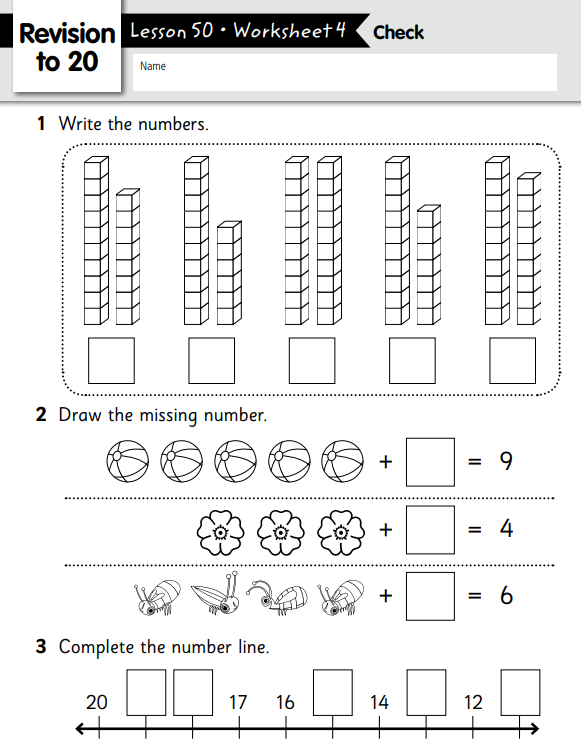
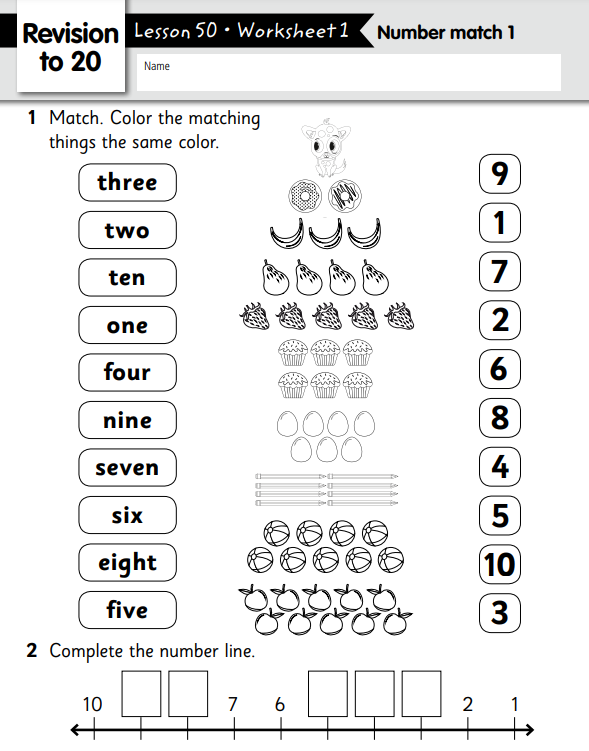
Printable and Downloadable UKG Maths Worksheets For Lesson 52
UKG Maths Worksheets for Practice
Our printable and downloadable worksheets assess the children’s knowledge and help them to identify the concepts where they lack expertise. Reading Eggs with Ratna Sagar always motivates the children to enhance their understanding of concepts with lucrative worksheets. A secondary benefit that these worksheets serve is that they make learning fun and a wonderful experience for children. How can a parent help? As a parent, are you too searching for online courses and resources that fully assist your child in learning new topics and revising the previous lessons all together? Reading Eggs UKG maths worksheets are aligned with the CBSE syllabus and pattern and designed to cover the CBSE books syllabus for UKG classes. Below are the topics that we have covered in our maths worksheets. You can easily access them from home by simply downloading them in pdf format.
Mathseeds: Concepts and topics for UKG Maths Worksheets
The lessons aim to develop mathematical skills. Children learn to count forwards and backwards confidently. They use a range of techniques including ten frames and number lines. They also learn the number of words up to twenty. The addition is introduced and children add up to ten and double to five. Mango and the other Mathseeds characters present the concepts of passing time, life cycles, and days of the week during these lessons. Children develop their understanding of 2D shapes by sorting them according to their properties. They are also introduced to four 3D shapes: sphere, cube, cone, and cylinder.
| Lesson | Lesson Name | Strand | Content | Outcome |
| 1 | Length - Long and Short | Measurement | Length | Compare an order which is longer or shorter using everyday language. Use comparative language: big, small, short, tall, tallest, longest, shortest. |
| 2 | Patterns | Patterns & Algebra | Patterns | Copy, continue and create patterns. Identify colours. Match objects to colour names. |
| 3 | Number Lines (2) | Number | Counting | Count to 10. Read number words to ten. Connect counting to cardinality. Sequence numbers, counting forwards and backwards. Count to answer 'How many?' questions. Subitise small groups of objects in different formations. |
| 4 | Mass - Heavy and Light (1) | Measurement | Mass | Compare and order which is heavier or lighter using everyday language. Use comparative language: big, small, heavy, light, heavier, lighter. |
| 5 | Adding to 6 | Operations | Addition | Connect counting to addition. Model addition with objects. Write equations for addends to 6. Subitise small groups of objects in different formations. Subitise small groups of objects in different formations. |
| 6 | Counting to 10 | Number | Counting | Sequence numbers, counting forwards and backwards. Estimate the quantity of items in a group. Compare groups of objects. Use comparative language: more, less, the same. Count to answer 'How many?' questions. Find pairs of numbers that make 10. |
| 7 | Add to 7 | Operations | Addition | Connect counting to addition. Model addition with objects. Write equations for addends to 7. Compare groups of objects. Subitise small groups of objects in different formations. |
| 8 | Number Words to 10 | Number | Counting | Read the words: zero, one, two, three, four, five, six, seven, eight, nine, ten. |
| 9 | Add to 10 (1) | Operations | Addition | Connect counting to addition. Model addition with objects. Write equations for addends to 10. Find pairs of numbers that make 10. Subitise small groups of objects in different formations. |
| 10 | 3D Objects - Cube & Sphere | Geometry | 3D Shape | Name cubes and spheres in the environment. Match and sort cubes and spheres. Name cubes and spheres in different sizes. Identify objects that can be stacked and those that roll. |
| 11 | Add to 10 (2) | Operations | Addition | Connect counting to addition. Model addition with objects. Write equations for addends to 10. Find pairs of numbers that make 10. |
| 12 | Patterns 2 | Patterns | Patterns | Copy, continue and create patterns. |
| 13 | Capacity | Measurement | Capacity | Use comparisons to decide which holds more or less. Use comparative language: full, empty, big, small, short, tall. |
| 14 | Time | Measurement | Time | Compare and order events using the everyday language of time. |
| 15 | Add to 10 on a Number Line | Operations | Addition | Connect counting to addition. Add on a number line. Model addition with objects. Write equations for addends to 10. Find pairs of numbers that make 10. |
| 16 | Numbers 11 & 12 | Number | Counting | Count to 12. Know, read and write the numerals 11 & 12. Read number words to twelve. Represent a number of objects with a written number. Compare numbers. Connect counting to cardinality. Subitise small groups of objects in different formations. |
| 17 | Days of the Week | Measurement | Time | Connect days of the week to familiar events and actions. |
| 18 | Numbers 13, 14 & 15 | Number | Counting | Count to 15. Know, read and write the numerals 13, 14, 15. Read number words to fifteen. Represent a number of objects with a written number. Compare numbers. Connect counting to cardinality. |
| 19 | 3D - Cone and Cylinder | Geometry | 3D Shape | Name cones and cylinders in the environment. Match and sort cones and cylinders. Name cones and cylinders in different sizes. |
| 20 | Numbers 16 & 17 | Number | Counting | Count to 17. Know, read and write the numerals 16 & 17. Read number words to seventeen. Represent a number of objects with a written number. Compose and decompose the numbers 11, 12, 13, 15 into tens and ones. Compare groups of objects. Use comparative language: more, less, the same. |
| 21 | Numbers 18, 19 & 20 | Number | Counting | Count to 20. Know, read and write numbers to 20. Read number words to twenty. Represent a number of objects with a written number. Compose and decompose the numbers 12, 14, 16, 19 into tens and ones. Compare groups of objects. Use comparative language: more, less, the same. |
| 22 | Subtraction | Operations | Subtraction | Solve subtraction problems using objects and equations. Represent objects with a written numeral to solve subtraction problems. Represent a written numeral with objects to solve subtraction problems. |
| 23 | Number Words 11-20 | Number | Counting | Count to 20. Read number words to twenty. |
| 24 | Doubles (to double 5) | Operations | Counting | Connect counting to addition. Model addition. Write equations for addends to 10. Find pairs of numbers that make 10. Subitise small groups of objects in different formations. |
| 25 | Revision 0-20 | Number | Counting | Count to 20. Know, read and write numbers to 20. Read number words to twenty. Compose and decompose the numbers 15, 17, 18, 20 into tens and ones. Use comparative language: smaller, larger. Sequence numbers, counting forwards and backwards. |
Worksheets are the most popular yet effective method used by teachers these days to improve the existing skills in the child and introduce new concepts. Worksheets influence promising life skills like logical reasoning, problem-solving and analytical capabilities. The classroom becomes barely bearable when there are no activities other than the lectures. With a wide variety of UKG Maths Worksheets, teachers can make classroom learning more fun-filled and give children and parents an overview of their progress in mathematical concepts. We also offer free downloadable worksheets for LKG classes of different subjects, click here! Read more .. UKG Online Classes For School Students Where are phonics classes available?
